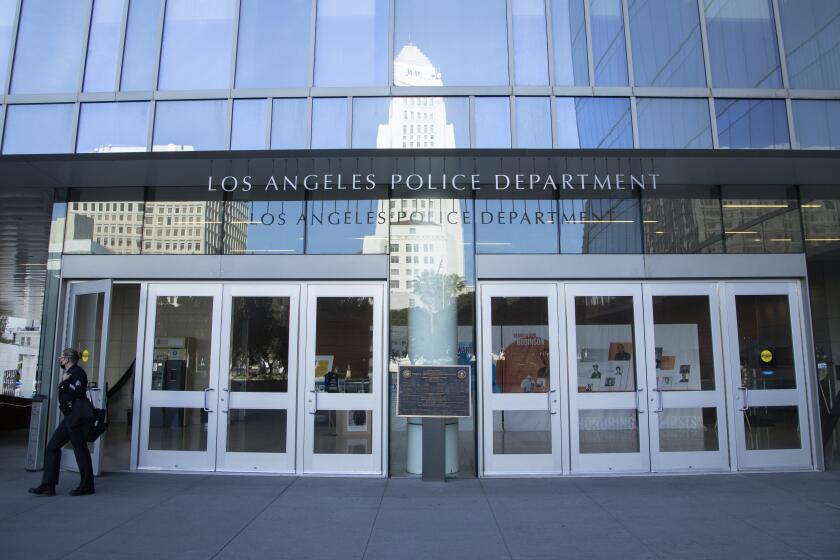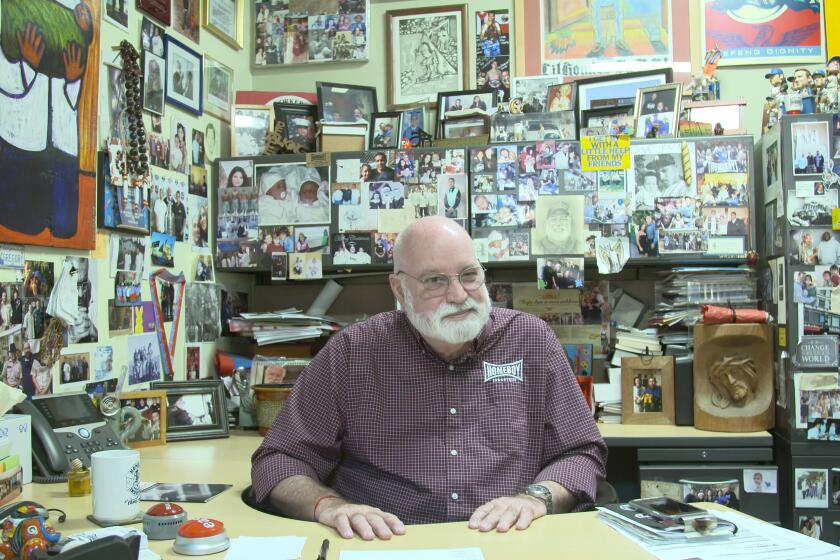Lampposts Shed Light on the Past
In a city where urban charm could qualify for the endangered species list, it was heartening to see Los Angeles officials relent last week in their efforts to pull the plug on the 1930s-vintage street lamps that line many streets in Sherman Oaks. The ornamental lampposts with acorn-shaped globes will be allowed to stay put, but must be fitted with new components to bring them up to current safety standards.
For a while, it appeared as if the city was determined to rip out the lamps and replace them with more modern--not to mention uglier--fixtures. Officials said the 67-year-old lamps were too costly to maintain and operate and did not meet the standards of the Illumination Society of North America. Seems city lawyers fretted that a pedestrian might trip in the dark or a motorist might hit a bicyclist. Valid concerns, but easily addressable without the wholesale removal of lampposts that give the neighborhood a little bit of charm.
Residents fought back and, happily, they won. Although the fight to keep a few old street lamps seems like a tempest in a teapot, it illustrates the problem of preserving a city based on the mind-set that bigger is better and newer is nicer. For the past century, that ethos served Los Angeles for better and worse. It built the neighborhoods of the San Fernando Valley and filled its homes with the most modern gadgets imaginable.
But as the city hits maturity, attention must be paid to preserving the best parts of the past--from the Angels Flight railway downtown to the Valley’s rancho-era adobe buildings. Often, it’s easier to just replace the old with the new, but we all lose part of our history when we do. We lose the connection to the past, the context that helps explain the present. So while a few old street lamps may not meet current illumination or legal standards we still need them to light our way.
More to Read
Start your day right
Sign up for Essential California for news, features and recommendations from the L.A. Times and beyond in your inbox six days a week.
You may occasionally receive promotional content from the Los Angeles Times.






